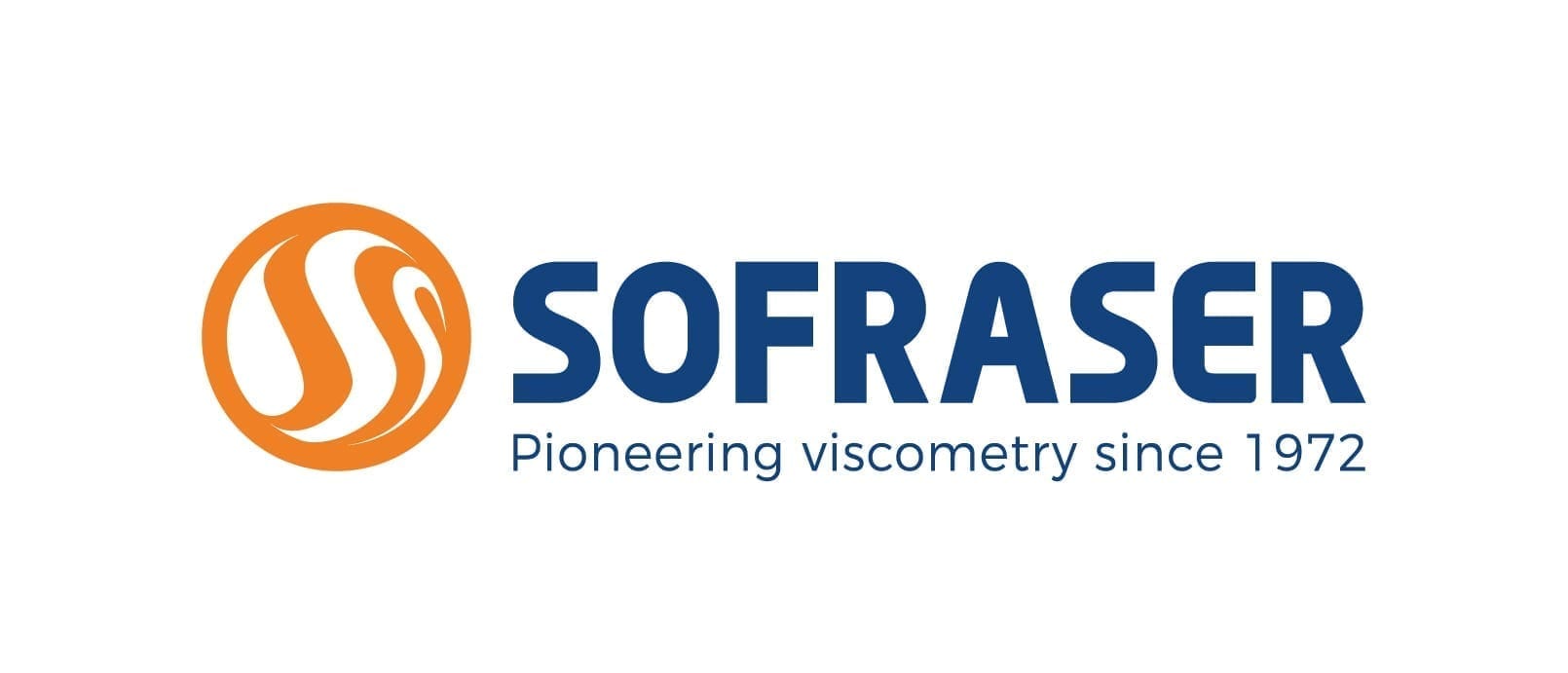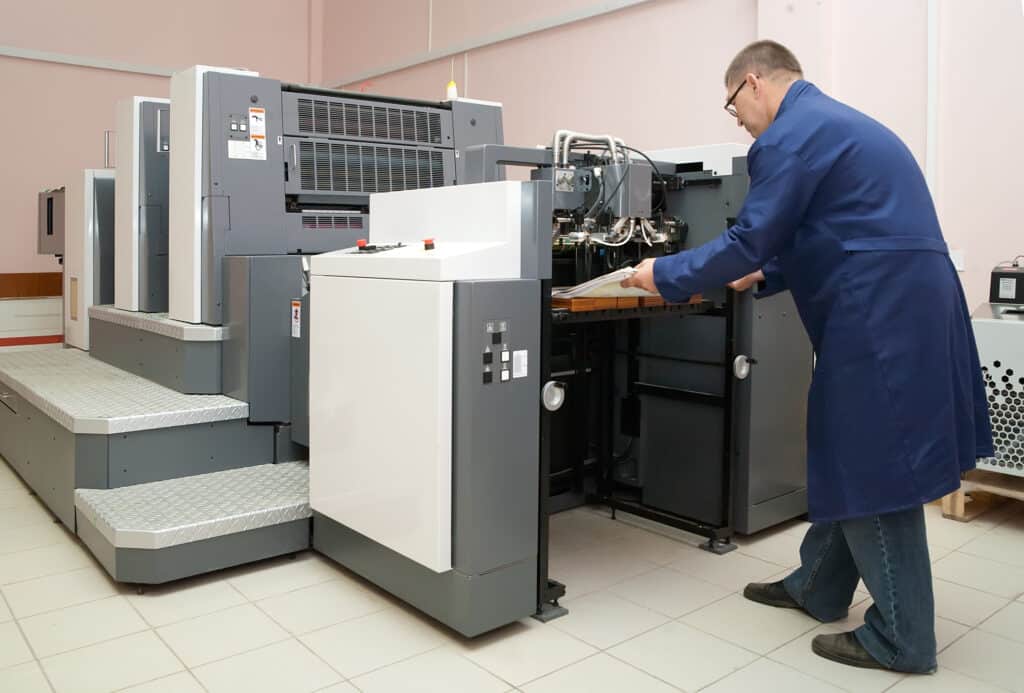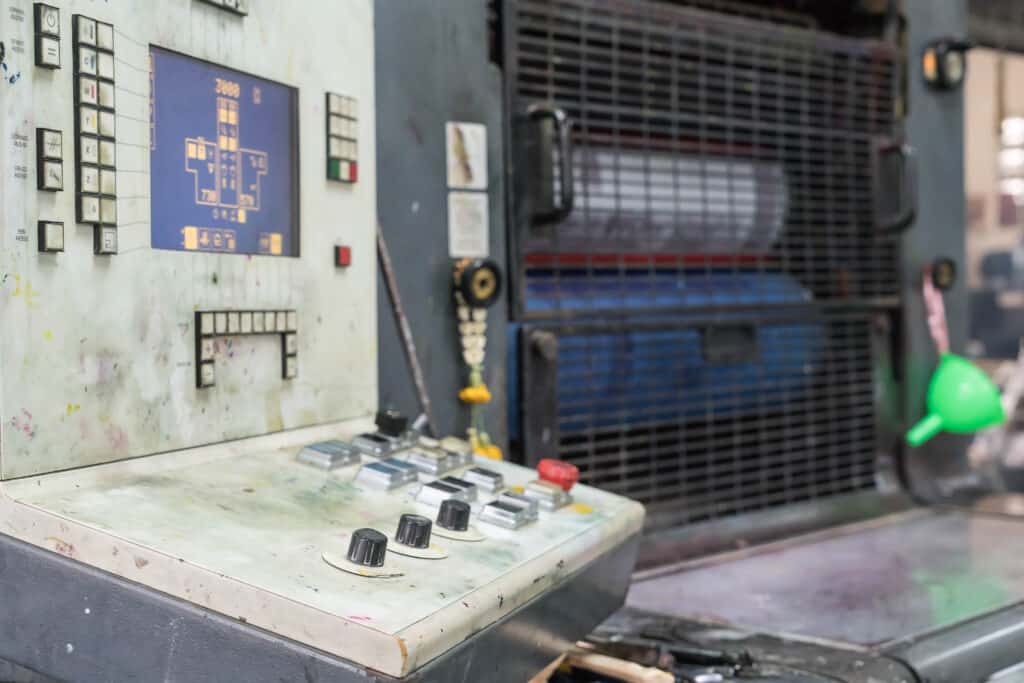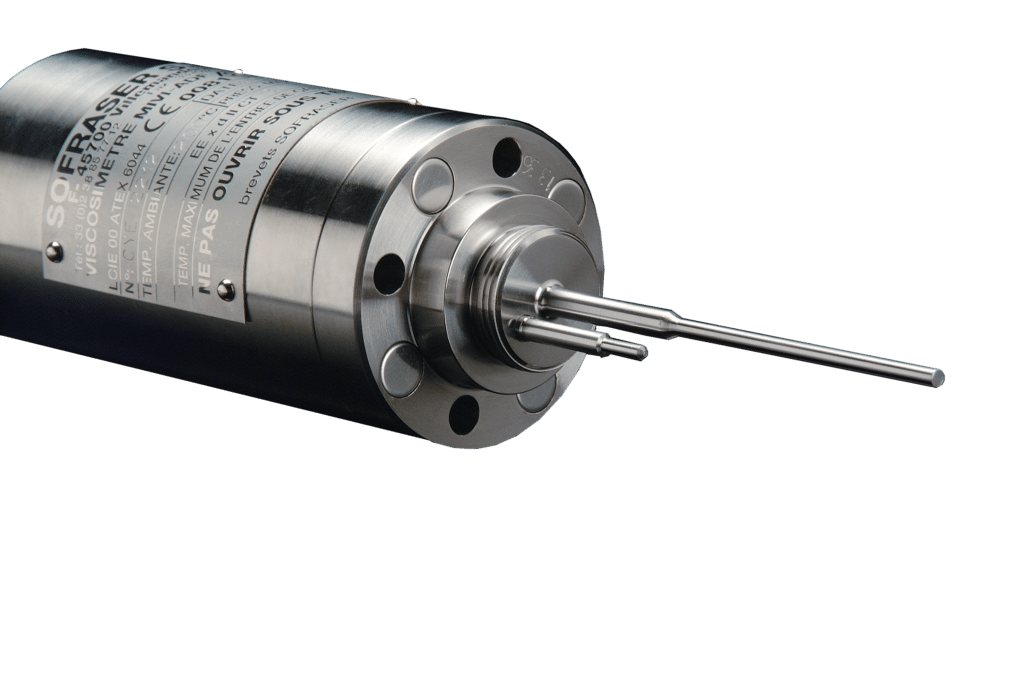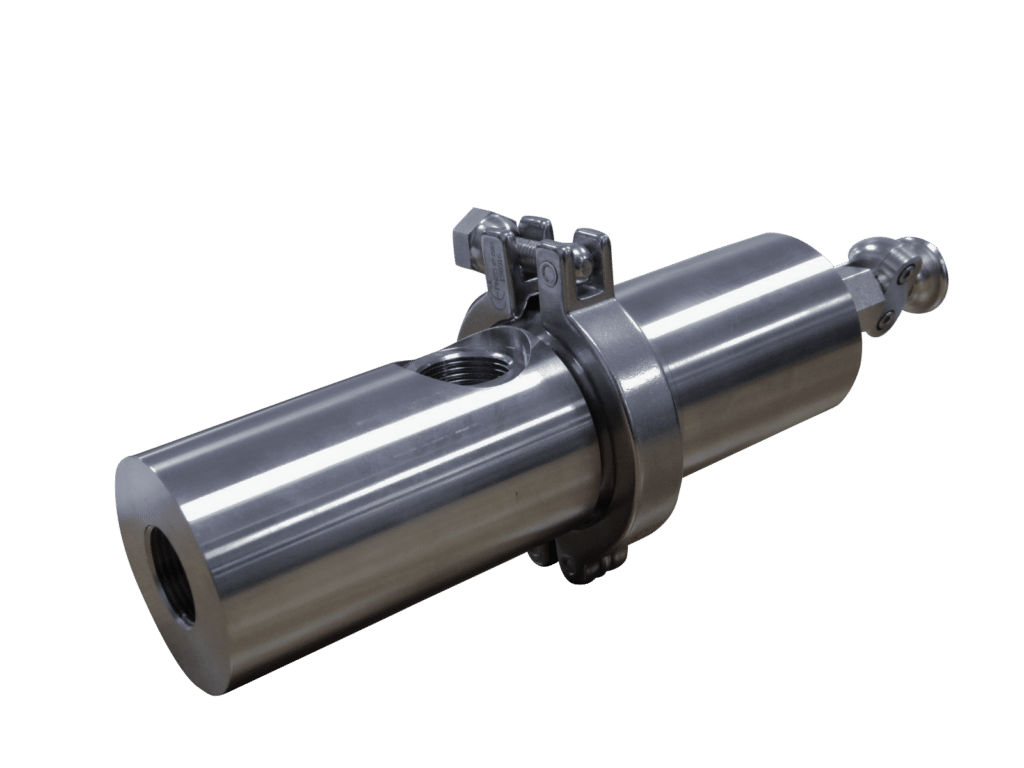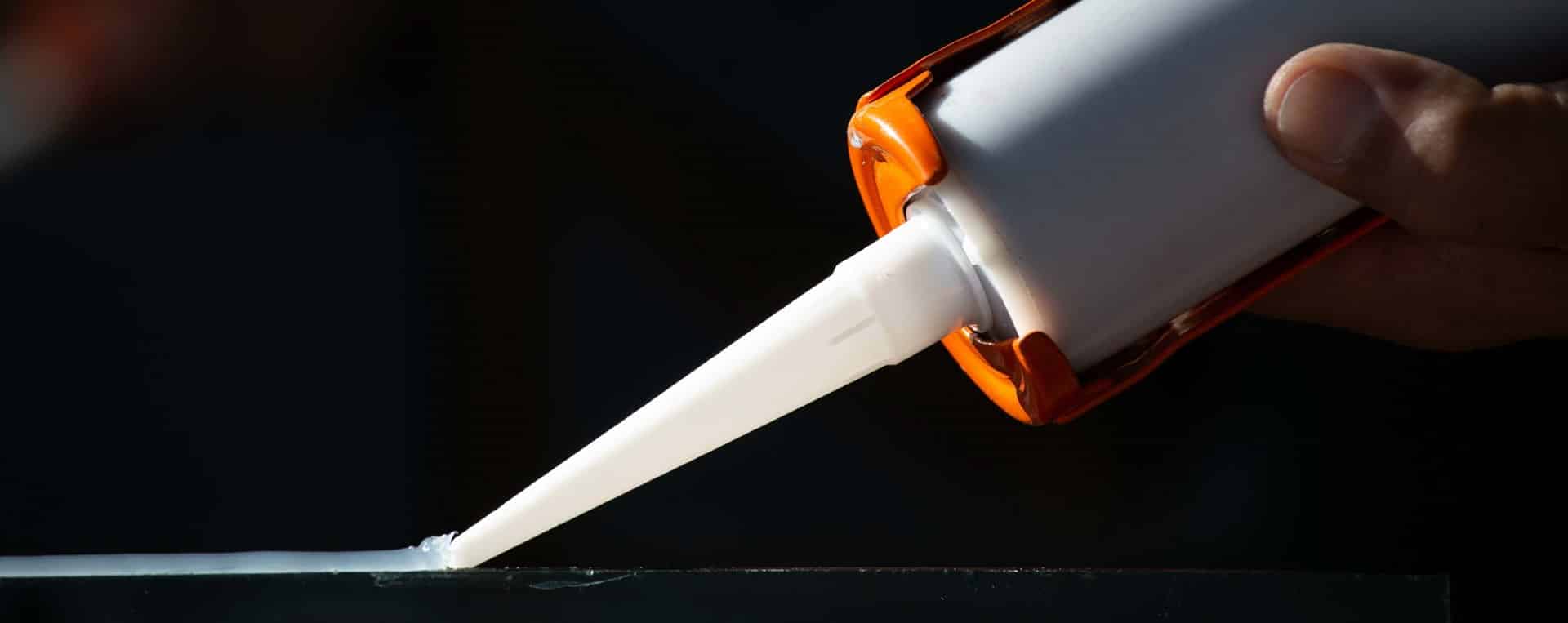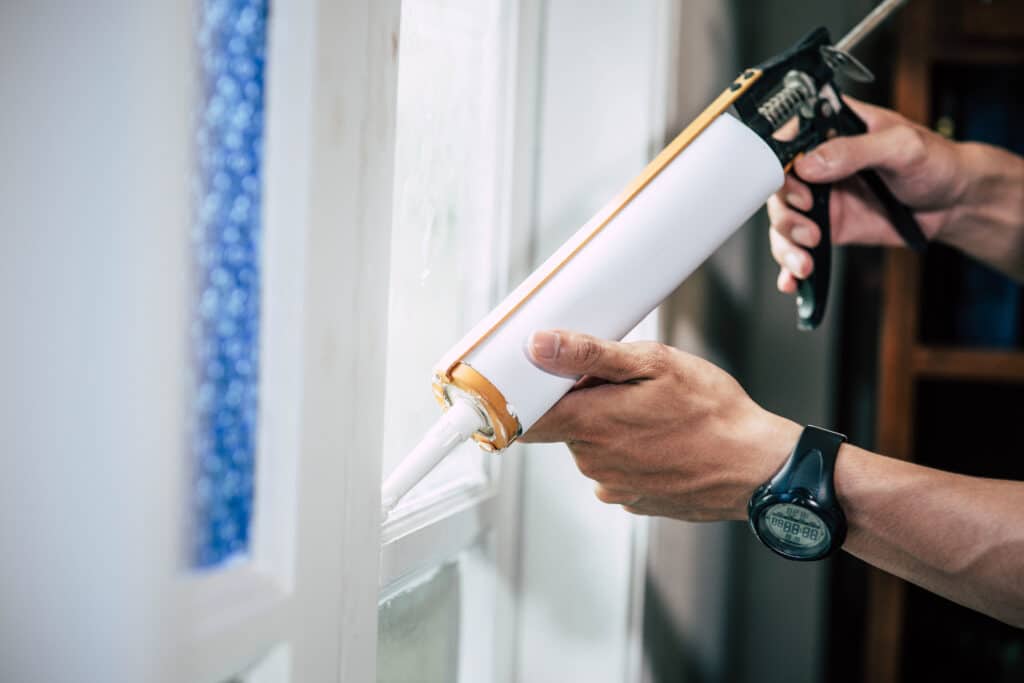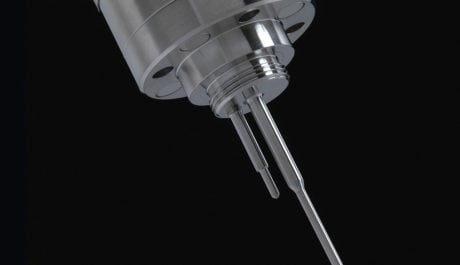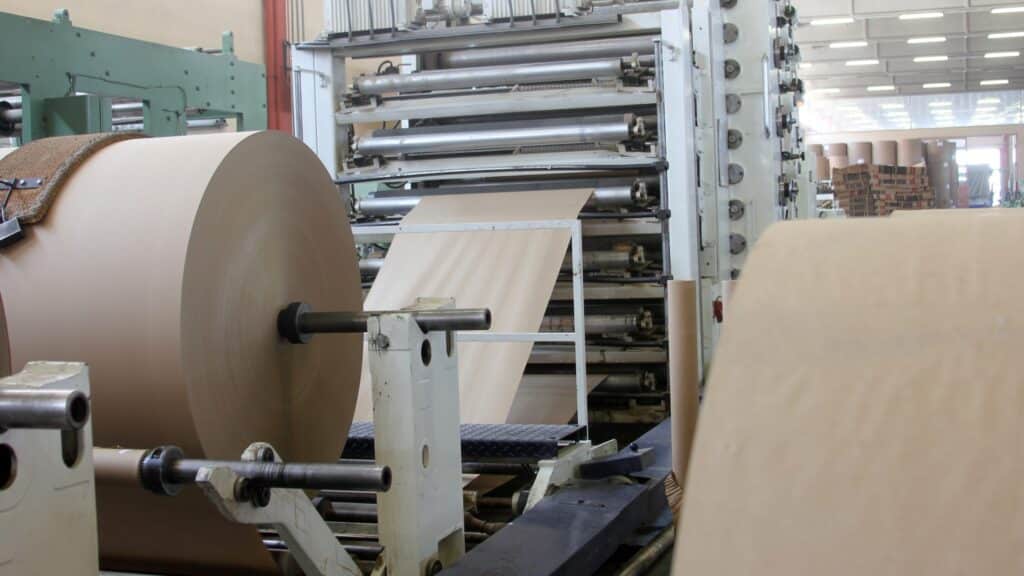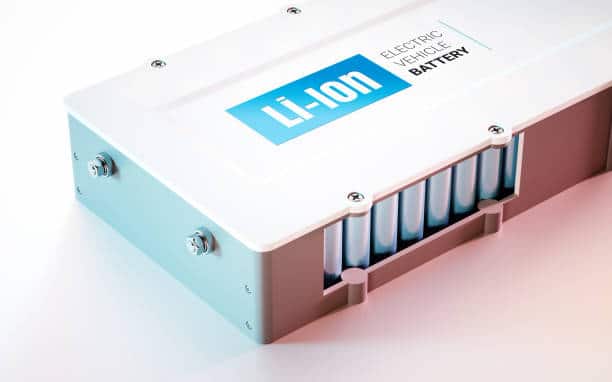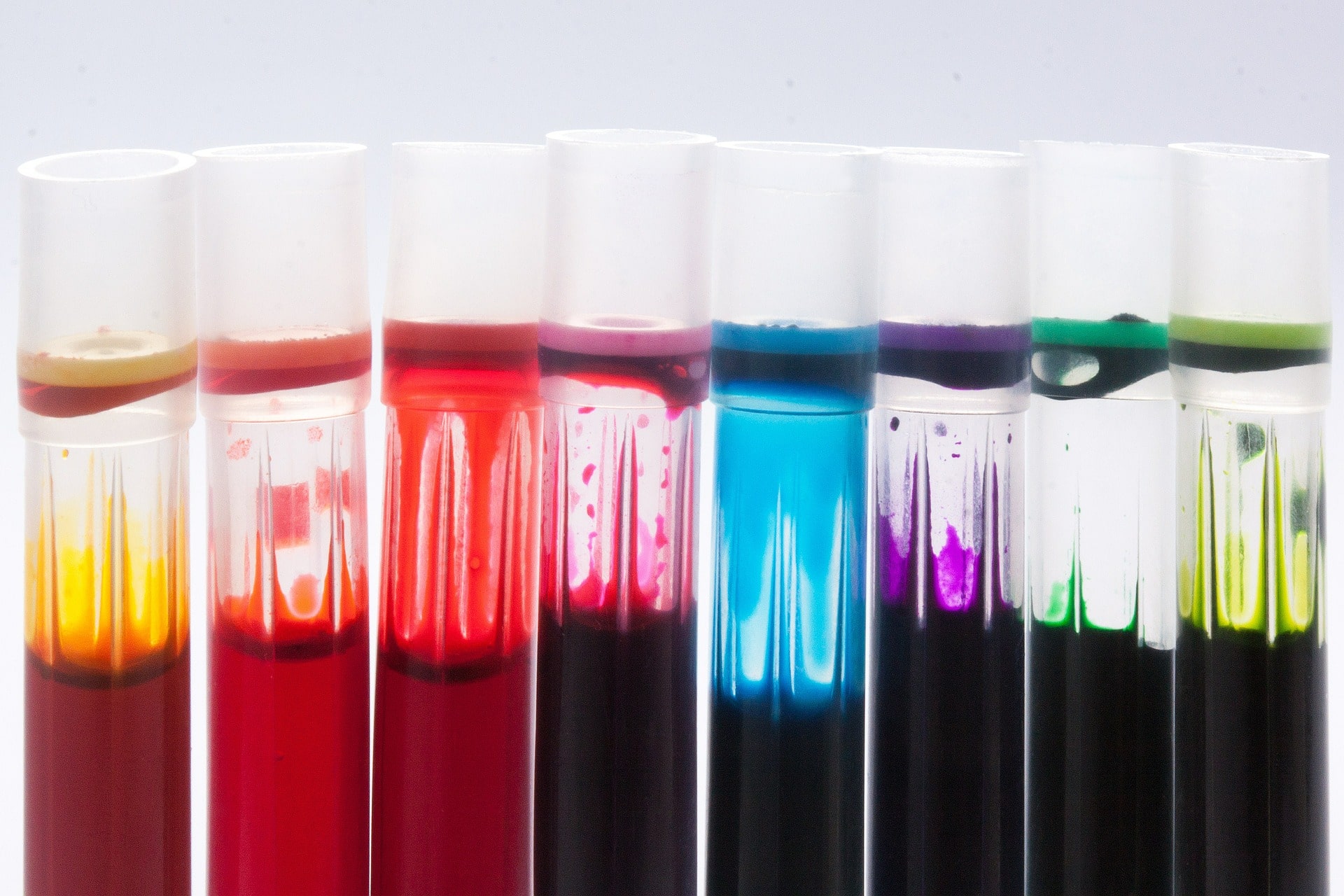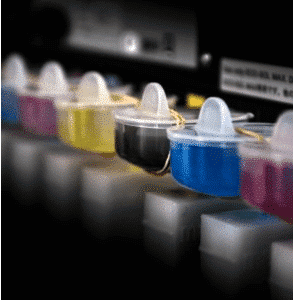How optimal viscosity affects starch glue performance and cardboard quality.
Starch glue context
An extremely large and well-known class of adhesives is based on starch. These play a very large part in industrial production, especially in the packaging industry.
With more and more deliveries being made, the need for cardboard is exploding, being a 71.9 billion dollars market in 2024 and expected to reach 98 billion in 2029.
With more and more demand, as well as a request from customers for improved quality, the starch glue market is blooming and is in need of always better processes.
Industrial application of starch glue
Starch is principally used for bonding paper products thanks to being a versatile adhesive. Starch based adhesives are used to bond two boxboards, sandwiching a corrugated boxboard for making cartons.
Starch adhesives are readily available, low in cost, and easy to apply from water dispersion. They are considered to be the least expensive class of paper packaging adhesive.
These adhesives are typically supplied to the end-user in powder form and are mixed with water before use to create a relatively thick paste. Formulated starch adhesives can be applied either hot or cold and cure through moisture loss.

Caracteristics of the starch glue making process
Because they form a thermosetting structure when cured, they offer excellent heat resistance. Other notable benefits include their slow curing rate, which allows ample assembly time, and the fact that they are non-toxic and biodegradable. However, they do have drawbacks, such as poor moisture resistance and susceptibility to mold growth.
Importance of the adhesives viscosity
In the production of corrugated cardboard, a wavy structure is used to prepare and assemble the papers and glue. Maintaining control over the adhesive’s viscosity during preparation and application is essential for at the end of the batch, you know your starch glue is okay to be applied
For the production of corrugated cardboard, glue application systems must ensure precise centering of the adhesive on top of the groove and accurately match the quantity of adhesive needed for each type of board. Additionally, the viscosity of the adhesive is crucial.
Impact on cardboard quality
When the viscosity is too low, it leads to imperfections in how the adhesive is removed from the tops of the splines. The meniscus formed during separation can stretch, causing projections or burrs on the sides of the splines, which hinder optimal performance of the inverter. In practice, a viscosity is sought that allows the adhesive to flow smoothly through the application system without causing these defects. The adhesive should distribute evenly over the tops of the splines without creating smudges or projections, even at high speeds.

Rheological complexity of starch glue
The rheological behavior of starch-based adhesives is complex. They are primarily pseudoplastic and thixotropic, and the non-Newtonian properties can vary significantly between products. Therefore, it is essential to control the conditions under which viscosity is measured.
How to install a Sofraser viscometer
MIVI viscometers are versatile measurement instruments and can be placed at different locations on the process.
Installation of a MIVI viscometer in the glue kitchen
The viscosity tool can be placed directly on the glue kitchen tank (A) or on the circulation loop (B) to monitor the batch while cooking and make sure that, at the end of the batch, the starch glue has passed the standard quality required for the cardboard.

Installation of a MIVI viscometer on the process line
You can also install the MIVI viscometer on the process line (C) for a continuous measurement of the viscosity of the starch glue batch as it gets ready to be applied on the cardboard. This installation allows MIVI users to monitor their process in real time.
Why use a Sofraser MIVI viscometer
Thanks to its flexibility, the installation of a MIVI sensor on the production line, in the storage tank or on the starch glue kitchen provides continuous viscosity monitoring to ensure perfect laying of the adhesive. The MIVI viscometer and associated electronics guarantee zero default in glue deposit. This sensor is repeatable and reliable for permanent efficiency.
Key product characteristics:
· Repeatable and reliable for permanent efficiency
· Easy to install with a wide variety of mountings and positions
· Easy to use
· No drift of measurement in time
· No maintenance
The many customers of the MIVI viscometer in this application are really content with the results they get from their viscosity measurements, which better and ease their process.
